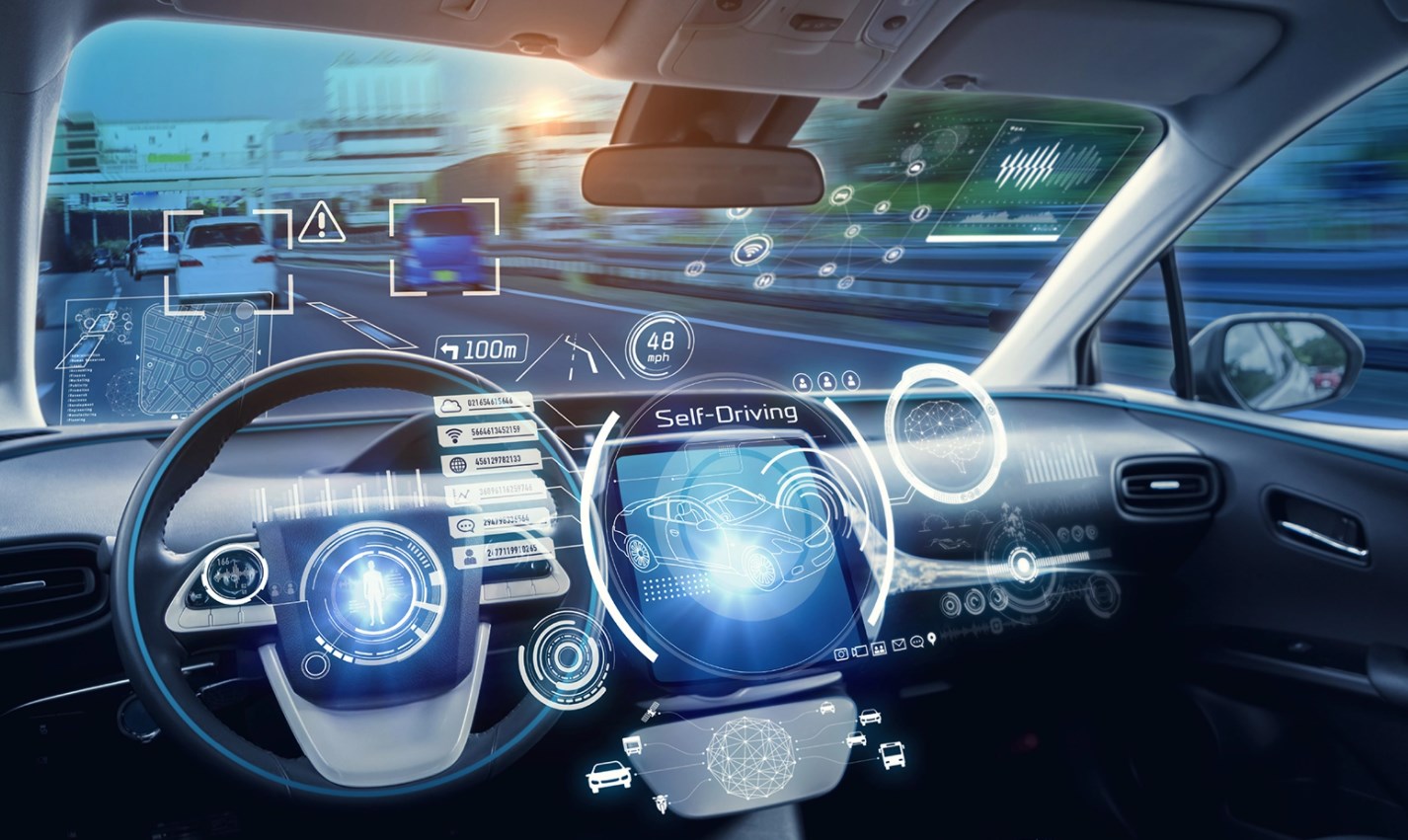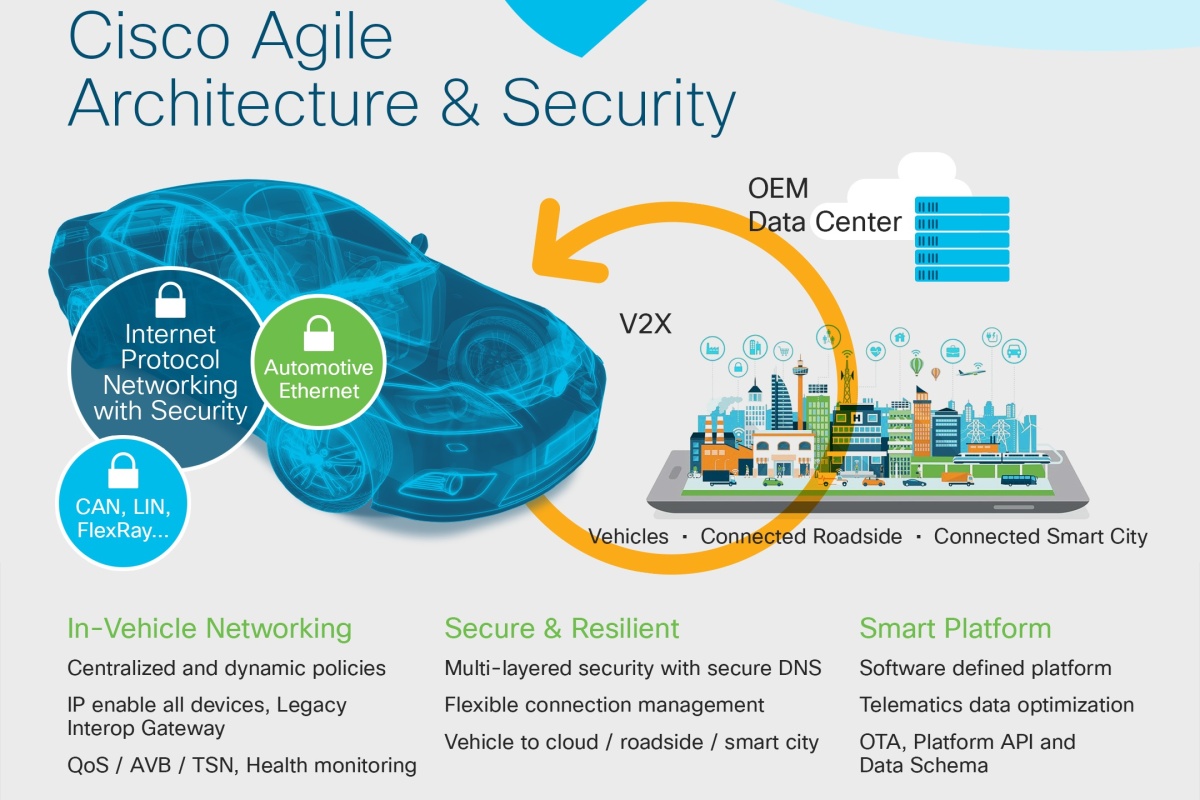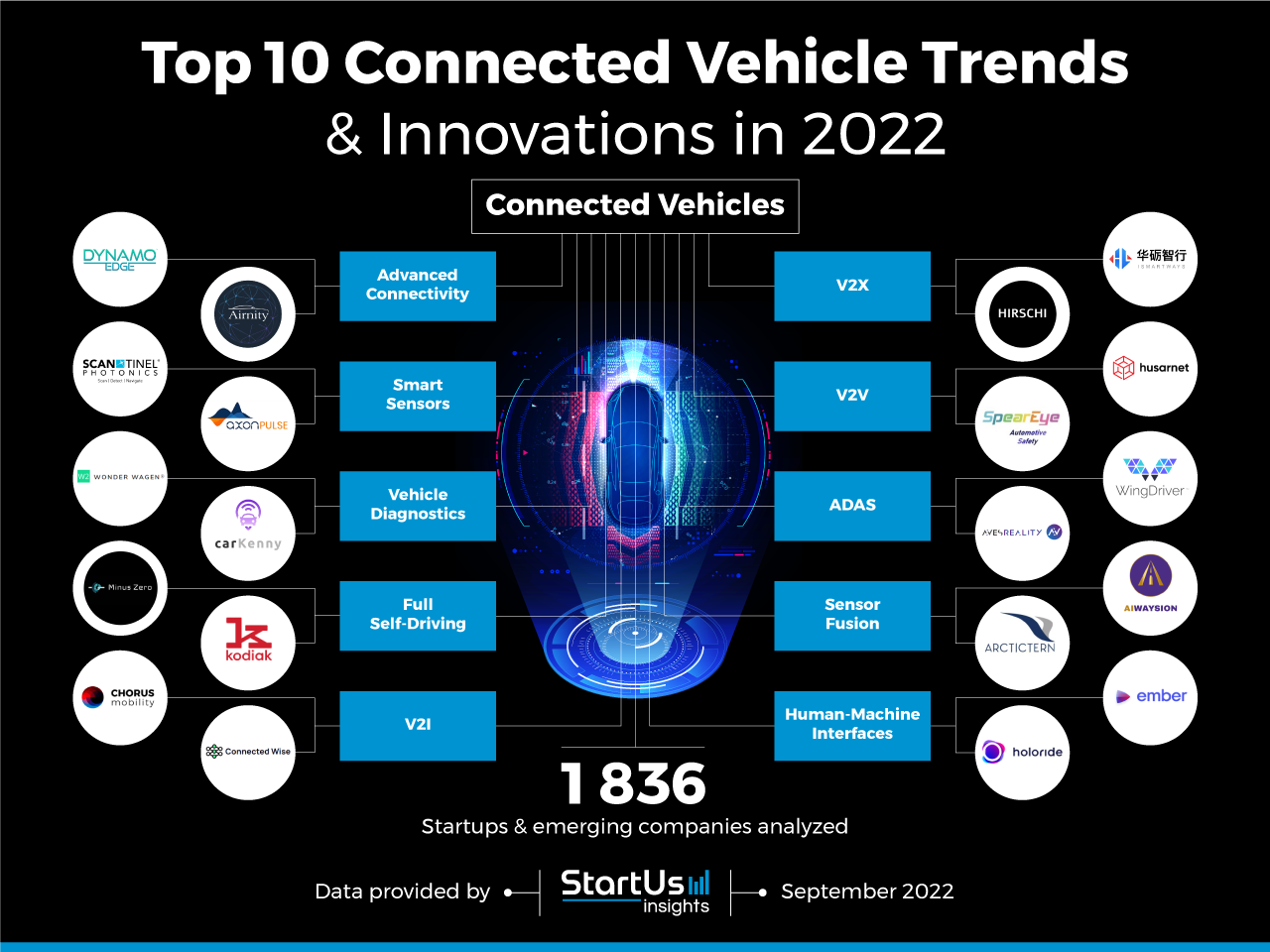Next-gen vehicle tech trends are revolutionizing the automotive industry, promising a future of enhanced safety, efficiency, and connectivity. From autonomous driving systems to electric vehicles and advanced materials, these cutting-edge technologies are poised to transform our relationship with vehicles.
As we delve into the latest advancements, we'll explore the potential benefits and challenges associated with these emerging trends, providing a comprehensive overview of the future of transportation.
Autonomous Driving Systems
Advancements in sensor technologies, such as cameras, radar, and lidar, have significantly enhanced the capabilities of autonomous driving systems. These systems utilize a combination of sensors to perceive their surroundings, enabling them to navigate roads, detect obstacles, and make decisions.
Autonomous vehicles offer numerous potential benefits, including improved safety, increased mobility for individuals who cannot drive, and reduced traffic congestion. However, ethical considerations arise regarding liability in the event of accidents and the potential for job displacement in the transportation sector.
To save money on car insurance, drivers should explore various discounts. Some popular options include discounts for safe driving habits, bundling policies, and having multiple vehicles insured with the same provider. Visit Car insurance discounts for more details.
Levels of Automation
- Level 1: Assisted driving features, such as lane keeping and adaptive cruise control.
- Level 2: Partial automation, where the vehicle can control acceleration, braking, and steering under certain conditions.
- Level 3: Conditional automation, where the vehicle can handle most driving tasks but requires human intervention in complex situations.
- Level 4: High automation, where the vehicle can operate without human input in most scenarios.
- Level 5: Full automation, where the vehicle can handle all driving tasks in all conditions.
Challenges, Next-gen vehicle tech trends
Despite the advancements, autonomous driving systems still face challenges, such as:
- Reliable perception in complex environments, such as dense traffic or adverse weather conditions.
- Decision-making in unexpected situations that require human judgment.
- Cybersecurity concerns and the potential for hacking or malicious attacks.
Electric Vehicles and Battery Technology
Electric vehicles (EVs) are gaining popularity due to their environmental benefits and advancements in battery technology. Lithium-ion batteries dominate the EV market, offering high energy density and long lifespans. Solid-state batteries are emerging as a promising alternative, promising even higher energy density and faster charging times.Charging
Financing a motorcycle can be daunting, but following specific tips can help buyers secure favorable terms. Consider researching different lenders, comparing interest rates, and exploring discounts for military service or safety courses. For more insights, refer to Motorcycle financing tips for buyers .
infrastructure is crucial for EV adoption. Governments and private companies are investing in expanding charging stations, including fast-charging options. Wireless charging technology is also being explored for added convenience.Range optimization techniques, such as regenerative braking and efficient battery management systems, extend EV range.
Additionally, EVs benefit from lower maintenance costs compared to internal combustion engine vehicles.
Environmental Benefits
EVs produce zero tailpipe emissions, reducing air pollution and greenhouse gas emissions. They promote cleaner air and contribute to mitigating climate change. Moreover, EVs reduce dependency on fossil fuels, enhancing energy security and sustainability.
Connected Vehicles and Vehicle-to-Everything (V2X) Communication
Connected vehicles and Vehicle-to-Everything (V2X) communication refer to the ability of vehicles to exchange information with each other, as well as with infrastructure and other objects around them. This technology utilizes various wireless technologies such as 5G, Bluetooth, and Wi-Fi to facilitate communication between vehicles and their surroundings.
Deciding between subscribing to an electric car or owning one outright requires careful consideration. Subscription services offer flexibility and convenience, while ownership provides long-term savings. Explore the pros and cons of both options at Electric car subscription vs. ownership .
Applications of V2X Technology
V2X technology offers a wide range of applications, including:
- Improved Traffic Management:Connected vehicles can share real-time traffic data, allowing for more efficient routing and reduced congestion.
- Enhanced Safety Features:V2X communication enables vehicles to alert each other of potential hazards, such as accidents or slippery road conditions, enhancing overall safety.
- Personalized Navigation:Connected vehicles can access real-time information on parking availability, fuel prices, and other relevant data, providing personalized navigation assistance.
Advanced Materials and Lightweighting: Next-gen Vehicle Tech Trends
Next-generation vehicles are increasingly incorporating advanced materials to enhance performance and efficiency. Carbon fiber, aluminum alloys, and composites are finding widespread use in automotive construction. These materials offer exceptional strength-to-weight ratios, enabling manufacturers to create lighter vehicles without compromising durability.
Benefits of Lightweighting
Lightweighting offers numerous benefits for next-gen vehicles. Improved fuel efficiency is a primary advantage, as lighter vehicles require less energy to accelerate and maintain speed. Enhanced handling and performance are also realized, as reduced weight improves agility and responsiveness. Additionally, lightweighting contributes to extended battery range in electric vehicles.
Human-Machine Interfaces (HMIs)
Human-Machine Interfaces (HMIs) play a crucial role in the next-generation of vehicles, enabling seamless interaction between drivers and their vehicles. These interfaces incorporate advanced technologies like touchscreens, voice control, and gesture recognition to enhance the driving experience, improve safety, and provide personalized features.
When obtaining a truck loan, understanding the factors that influence interest rates is crucial. Factors such as credit score, loan term, and the type of truck being financed can significantly impact the interest rate. For more information, visit Truck loan interest rate factors .
The design of user-friendly and intuitive HMIs is paramount. Key principles include minimizing driver distraction, providing clear and concise information, and ensuring compatibility with various user preferences and abilities. HMI designers must strike a balance between functionality and aesthetics, creating interfaces that are both visually appealing and easy to navigate.
Touchscreens
Touchscreens have become ubiquitous in modern vehicles, offering a familiar and intuitive user experience. They provide a central hub for controlling various vehicle functions, from navigation to climate control. Advanced touchscreens feature haptic feedback and gesture recognition, enhancing the user experience and reducing the need for physical buttons.
Voice Control
Voice control allows drivers to interact with their vehicles hands-free, reducing distractions and enhancing safety. Advanced voice recognition systems can understand natural language commands, enabling drivers to control navigation, make phone calls, and adjust vehicle settings without taking their eyes off the road.
Gesture Recognition
Gesture recognition technology enables drivers to interact with their vehicles using hand gestures. This allows for more intuitive and natural control, such as adjusting the volume or changing radio stations without touching the screen or buttons. Gesture recognition systems are becoming increasingly sophisticated, offering a wide range of customizable gestures.
Cybersecurity and Data Protection
The advent of next-generation vehicles brings about significant cybersecurity risks. These vehicles are increasingly connected and autonomous, making them vulnerable to hacking, data breaches, and privacy concerns. Malicious actors could exploit vulnerabilities in vehicle systems to gain unauthorized access, control, or disrupt operations.
They could also intercept and manipulate sensitive data transmitted between vehicles and other entities, such as personal information, driving habits, and vehicle diagnostics.
Enhancing Cybersecurity
To mitigate these risks, automakers and technology companies are implementing various measures to enhance cybersecurity in next-gen vehicles. These include:
- Encryption:Encrypting data in transit and at rest prevents unauthorized access and ensures data confidentiality.
- Intrusion Detection Systems (IDSs):IDSs monitor network traffic and vehicle systems for suspicious activity and alert security personnel to potential threats.
- Secure Software Development Practices:Implementing secure software development practices, such as secure coding techniques and vulnerability testing, helps prevent the introduction of vulnerabilities into vehicle systems.
Final Review
The convergence of advanced technologies is shaping the next generation of vehicles, offering a glimpse into a future where our cars become more intelligent, sustainable, and seamlessly connected to our lives. As these trends continue to evolve, we can expect even more groundbreaking innovations that will redefine the driving experience.
Essential Questionnaire
What are the levels of automation in autonomous driving?
Autonomous driving systems are classified into six levels, ranging from Level 0 (no automation) to Level 5 (full automation).
What are the benefits of electric vehicles?
Electric vehicles offer reduced emissions, lower operating costs, and improved energy efficiency compared to gasoline-powered vehicles.
How does V2X communication enhance safety?
V2X communication allows vehicles to exchange information with each other and with roadside infrastructure, enabling real-time warnings about hazards, traffic conditions, and potential collisions.



